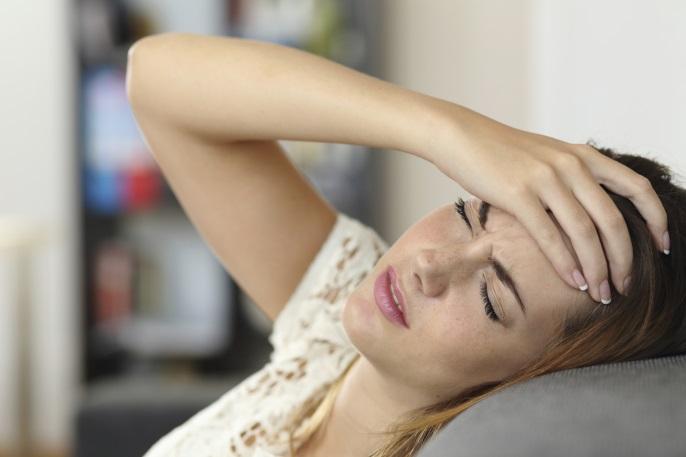




-
757 Views 0 Comments 0 Likes

Headache is a common condition that can range in severity from moderate to severe. Tension, sinus issues, and migraines are all possible causes of headaches. Treatments for headaches will differ based on the type and intensity of the headache. Here are eight treatment options for headaches that you should know about:
Headaches can be effectively treated with medications such as ibuprofen, aspirin, and acetaminophen. These medications are available over-the-counter and can aid with inflammation and pain relief. Nonsteroidal anti-inflammatory drugs (NSAIDs) such as ibuprofen and aspirin can help reduce fever. Acetaminophen is a mild pain medication that also acts as a fever reducer. It is critical to follow the specified dosage on the container and not exceed the maximum daily dose.
A doctor may prescribe a headache medication for more severe headaches or migraines. These medications include triptans, which can help reduce migraine intensity, and ergots, which can help prevent migraines. Triptans function by constricting blood vessels in the brain and decreasing inflammation.
Ergots, such as dihydroergotamine, help in migraine prevention by narrowing blood vessels in the brain and suppressing the production of specific chemicals that trigger migraines. When taking these medications, it's essential to follow your doctor's directions and let them know if you're already taking any other medications.
Deep breathing, meditation, and yoga are relaxation practices that can help reduce stress and muscular strain, which can contribute to headaches. These approaches can help alleviate stress and improve general well-being. Deep breathing exercises involve taking slow, deep breaths while concentrating on the breath.
Clearing one's thoughts while concentrating on a particular thing or a word, is one way to meditate. Yoga combines physical poses, breathing exercises, and meditation to help the body and mind relax.
Acupuncture is a type of traditional Chinese medicine in which small needles are inserted into particular areas of the body. It has been used for countless years to cure headaches and migraines. Acupuncture stimulates the body's natural healing mechanism while also harmonizing the flow of energy throughout the body. It is believed to reduce inflammation and increase blood flow. Acupuncture has been shown to decrease the frequency and intensity of headaches in many people.
Chiropractors adjust the spine and relieve nerve pressure through manual manipulation. This technique can help reduce the intensity and frequency of headaches. Chiropractic therapy works to address any spinal misalignments that might be causing headaches. This may involve making modifications to the neck and upper back, which are typical headache-causing locations.
Massage can help relieve headaches by reducing muscular tension and improving blood circulation. Massage therapy can relieve soreness in particular areas of the head, neck, and shoulders. It can also be used as a preventative measure by targeting areas that are prone to muscular stiffness and tension.
Biofeedback is a method for tracking and monitoring biological processes such as heart rate, muscular tension, and brain activity through electrical instruments. This can help with determining headache triggers and teaching people how to manage them. Biofeedback can help people learn how to relax their bodies and reduce muscular tension, both of which can contribute to headaches.
Behavioral therapy can help with the identification and modification of behavioral habits that may be associated with headaches. This can include discussing ways to cope with stress and figuring out what causes headaches.
It can also teach people how to detect the early signs of a headache and take preventative actions, such as relaxation techniques or medication before the headache worsens. This method can lower the frequency and intensity of headaches while also improving the overall quality of life.
It's worth noting that some of these approaches may be used simultaneously for the best benefit. Taking over-the-counter pain relievers in combination with relaxation techniques or massage therapy can give a more thorough approach to headache treatment. Moreover, some people may benefit from preventative measures such as regular exercise, a healthy diet, and sufficient sleep to decrease the chance of headaches.



